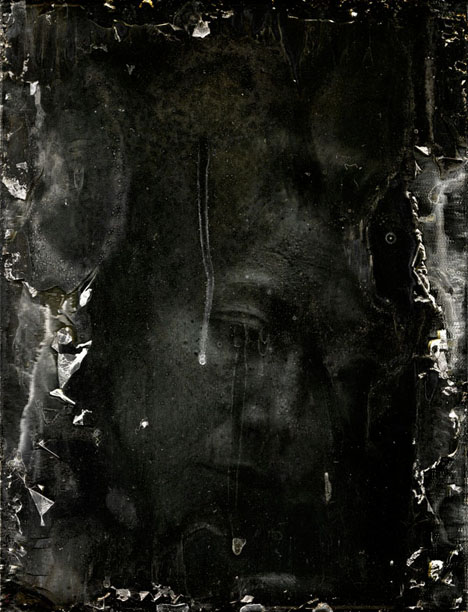Erin Malone, editor of Without Lenses, "a quarterly journal exploring the art and craft of lensless photography", says:
This quarter brings a host of new interviews, the start of our technical article series and new features courtesy of our new content management system—Public Square.
Our two interviews are with a representative, Yvette Pasqua, of the Pinhole Camp at the Burning Man festival which begins August 27th and with Lou Krueger, professor at Bowling Green State University, who creates the most interesting dioramas and custom cameras for capturing these spaces.
The technical series kicks off with a basic how-to and a more complex look at making filters on the cheap. These articles are brought to us through the generosity of our technical editor, Tom Persinger, and the f295 forum members who have written these articles. Earl Johnson’s ‘how-to’ piece on building a foam coare 4×5″ camera is featured in this issue. Look for one or two of these technical pieces on a monthly basis.
Lastly, the switch over to our content management system—a feat that has taken the bulk of the last 3 months—brings a host of new community tools. You can now rate and review articles. You can submit story ideas directly into the system and rate ideas submitted by other readers. We will use this forum for deciding what ideas to pursue. Additionally, all readers who contribute reviews or articles, earn reputation, can create a brief bio and link to their own work and basically own their words in the context of this venue.
We hope these new features help provide for some lively discussion about the articles, help find new talent to feature, foster authorship and generally spread the ownership of Without Lenses to you, the readers.
We hope you enjoy this issue.
www.withoutlenses.com

